Datura Inoxia time lapse
One night, about 30 years ago, I was walking down a sidewalk in an old neighborhood in Richmond, on the way home from a social engagement. It was very late, the streets were empty. I was tired and pleasantly overstimulated – much scintillating conversation, coupled with subtle inebriants consumed on a visit with some very creative friends.
My deep reverie was broken when a sweet intoxicating aroma snatched me back to the present. Literally stopped me in my tracks. Where did that come from? I spun about, looking for the source. There, growing in a broken-out place in the sidewalk, was a large lanky bush covered with luminous white blooms. They were almost glowing in the artificial gleam of a streetlight. Amazing, the blooms bigger than my open hand, shaped like the bell of a trumpet. On the cool, windless night the emanating perfume formed an almost palpable cloud that extended from the plant in every direction. I buried my nose in a bloom, and the scent was delicious – lemony and light and sweet.
At that time of my life I happened to be reading a number of books about exotic plants, used in various sacred ceremonies by cultures around the world, both modern and ancient. Most were used in religious rights, usually hallucinatory in some way. This plant was clearly not native, and more a weed than an ornamental, but it looked strangely familiar. Had I seen it in a book somewhere? How many had passed it by without noticing? I had no idea, but this plant seemed to almost call out to me that night.
On the stems were big seed pods about the size and shape of eggs, covered with odd curling spikes. I cut off a few pods, which released a foul and pungent odor. Another surprise. I stuffed the pods in my jacket pocket and headed for home, determined to learn more.
Research began the next day, and it did not take long to find the answer. The plant appeared prominently in two books already at home from the library: Plants of the Gods and The Serpent and the Rainbow.
The plant, Datura Inoxia, is also known as “Moonflower” – appropriate, as the flowers are not only as bright white as a winter moon, but they only open at night. Every part of the plant is toxic, and hallucinogenic. It’s sacred to native cultures of the American Southwest and Central America, as well as pre-colonial India. Some of Georgia O’Keeffe’s most well known paintings are of its blooms.
It’s related to the native eastern US plant known as Jimsonweed, which I learned is a slur of its original name: Jamestown Weed. So called, because British troops during the Revolutionary War, ate some when low on food and foraging on a mission to quell Bacon’s Rebellion near Jamestown. They were sidetracked by a three day hallucination binge, running naked through the mud and their own feces, etc.. The hapless episode was largely responsible for the failed attack, so the plant was given a name to remember it by. Just so happens I was very familiar with Bacon’s Castle – I had worked with the bricklayer restoring it, lived near it in college, and knew the history well.
In The Serpent and the Rainbow, the Harvard ethnobotonist Wade Davis recounts his research into the origins of zombies (this was waaaay before zombies were cool). He learned that this plant, Datura, was used by witch doctors in Haiti and the Caribbean as a key component in a concoction used to turn otherwise healthy adults into “the walking dead” – stupefied hallucinating individuals who lost all memory of themselves and could be controlled by the bokor houngan, a kind of black magic priest.
The way this worked was horrifying. The victim was poisoned with a mixture containing frog or fish toxins (I can’t remember which) that create a kind of paralysis near death. Vital signs are so suppressed the victim appears dead – but they remain conscious. In a country with few doctors they are declared dead. They hear their families and friends weeping over them in anguish, but are unable to respond. The same as they are washed and prepared for burial, witness their own wake from the coffin, until the coffin lid closes and they are buried. Once the mourners have gone, the bokor returns, digs up his victim and takes the body.
The victim believes they have died. He is tended and slowly resuscitated by the bokor. As the first poison wears off it is replaced with another, this one from the datura, which keeps the victim – already in a shattered mental and emotional condition – in a constant state of hallucination, in which they are physically and psychologically controlled. They appear to have come back from the dead, both to themselves and others who knew them, and become the walking dead.
So how did this plant – a non-native cousin from a very powerful family – arrive at a crack in the sidewalk only an hour’s drive upriver from Bacon’s Castle and its cousin, but thousands of miles from home? Perhaps during the 70’s, when that same old neighborhood in the city was heavily populated by decidedly less yuppy residents. Back then it was more a run down haven for hippies. Maybe someone brought one back from a vision quest out west, transplanted it, and somehow it managed to survive, germinating from its own seeds.
I planted the seeds from the pods I took home, and they produced beautiful plants. As I moved from place to place over the next twenty years, each time I managed to save a few seeds and start new plants. They’ve been growing wherever I’ve lived ever since.
Sadly, a hard freeze killed off the last plants we had a few years ago, and I had no more seeds. I thought my strange companion was gone forever. But we cut down a dying tree last year, a sort of standing zombie tree, ground it up into mulch and spread it on the ground. Low and behold, the ceremonial death somehow resurrected a dormant seed, which germinated and sprouted anew.
The video and the photos are from this new plant, returned from the dead. At night, they are visited by large hummingbird hawk moths. You can see one makes an appearance the the time lapse, along with a frog that hops over from the lily pond for a visit.
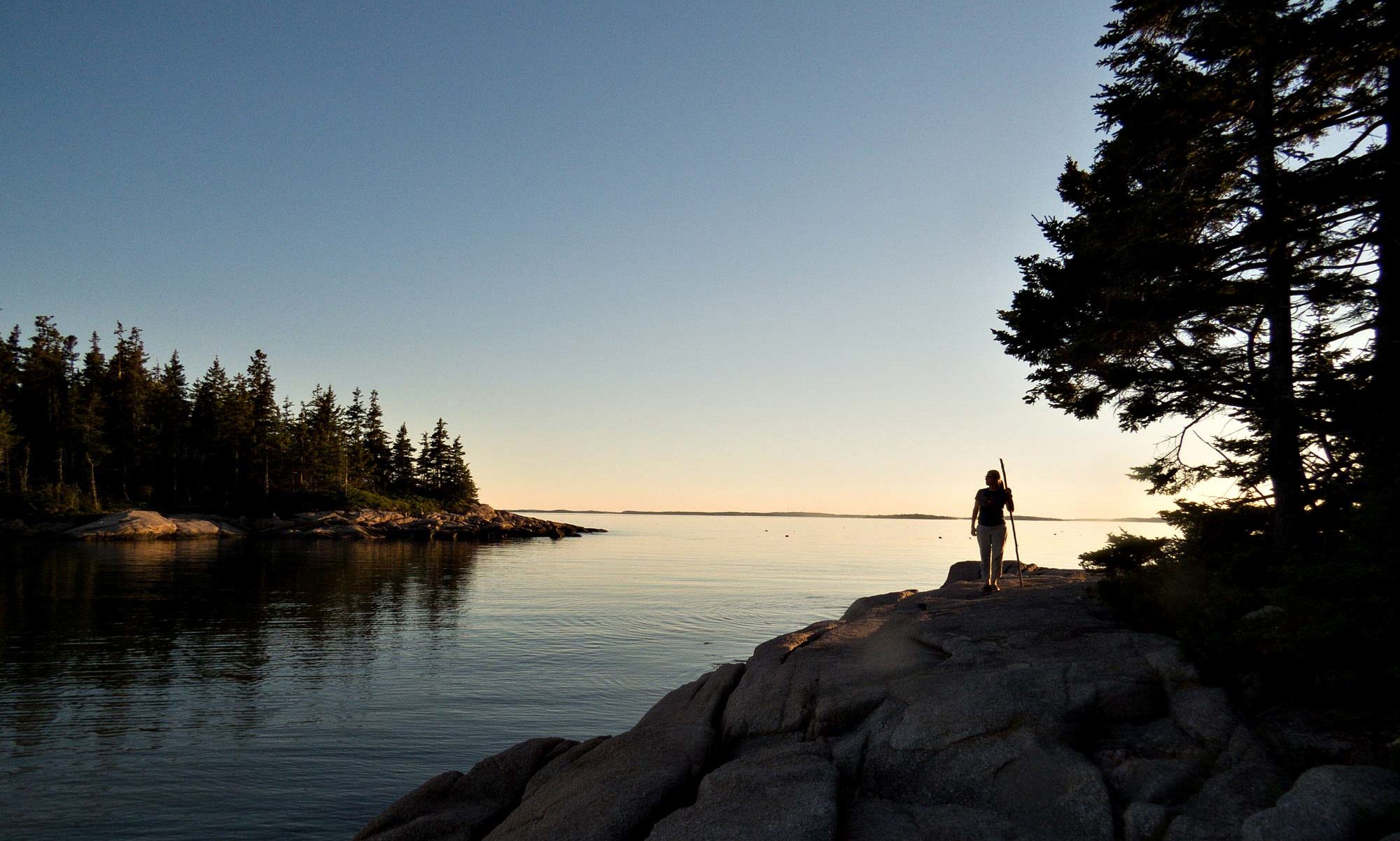

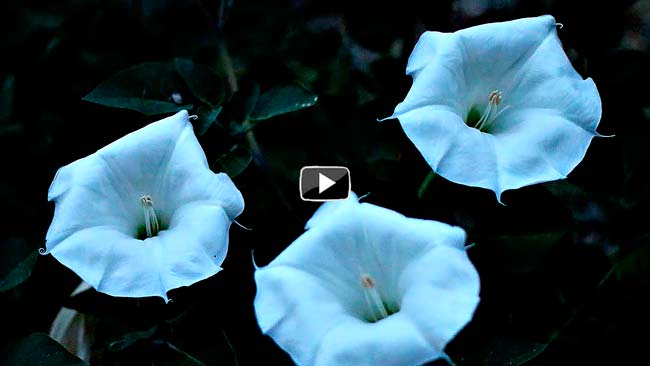


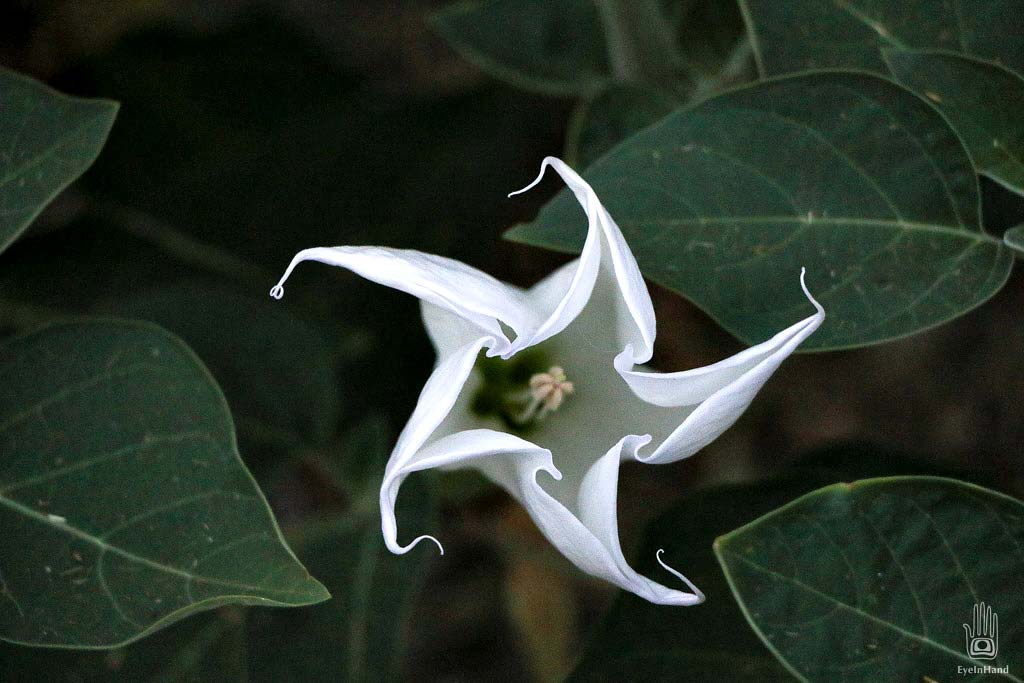

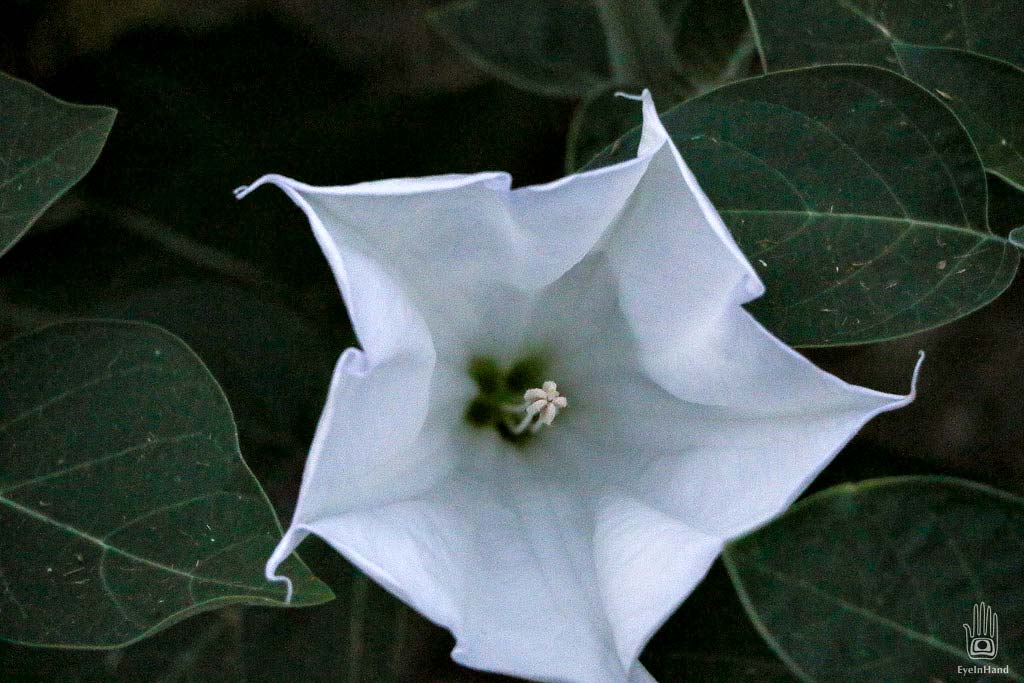
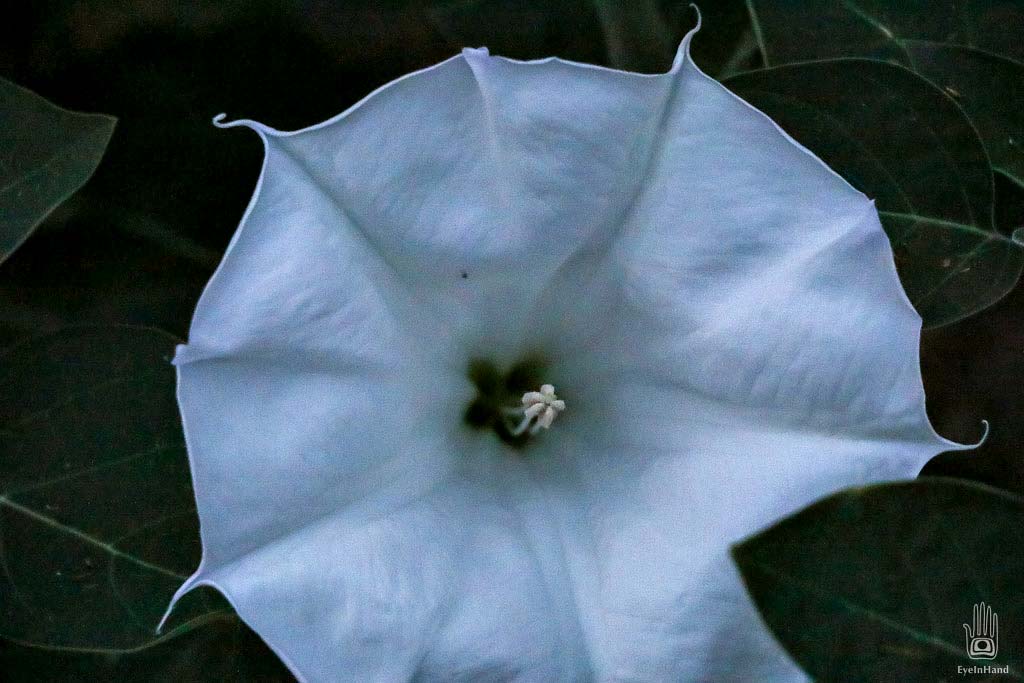

I love the work you did on the timelapse of your Datura flower. I am doing research on Datura and rock art in California (here is a paper I recently published on it https://www.pnas.org/content/117/49/31026) and I was wondering if I might have permission to use your video and still images of the flower opening in my presentations. I’m doing an online presentation on February 17th and it would be great if I could use them then? I’d be happy to send an invite to you so you could attend the online event and of course give you full credit or the images/videos. Please give me a shout at dwrobinson@uclan.ac.uk. Many regards, Dave
Hello, I wanted to ask if it’s possible for me to use this footage to create a edited video for a SNS feed?